Litter picking activity for
early-years kids
This fun task helps them practise key developmental skills AND learn how to protect the planet!
This game ticks all the boxes – it helps early-years children practise key skills like grasping and counting, engages them in thinking about our planet AND is fun to play! Let’s try some litter picking…
What you’ll need:
- – Bucket or tray (deep enough to hold water)
- – Water
- – Kitchen tongs
- – Clean, waterproof recycling items such as plastic pots, trays or bottles
- – Bowl or box to move items into
What to do:
Fill a bucket or tray with cold water, encouraging your child to help you if they can. They can use jugs or cups to move water from the tap to the vessel, trying not to drop any.
Throughout the activity, remind your learner of the importance of water safety and make sure they are always supervised by a responsible adult.
Place the recycling items into the water. Then, hand your child the kitchen tongs and encourage them to grab one of the objects with the tool.
Now repeat for all the other items. Challenge them to move each one into the bowl or box, practising their hand-eye coordination.
Grabbing going well? Then it’s time to add some new elements!
Here are some ideas…
Rubbish chat
Talk to your child about the objects they’re grabbing. Do they know what each one is? What else could it be used for?
One for you, one for me
Take it in turns to pick items out of the water – one for your child, then one for you – to encourage an understanding of sharing and turn-taking.
Count it out
Once all the items have been removed, help them count how many they ‘rescued’ from the water. They could also count each one as they lift it out, keeping a running tally of how many they’ve grabbed.
Litter learning
Talk to your child about the importance of not littering. Where might these objects have gone if they had been thrown into a real river, pond or sea? What might have happened to them? Using ‘Yes and…’ questions here will encourage creativity.
What next?
Discuss what you will do with the items now that you’ve used them for the activity. It’s a good chance to explain why recycling (and reducing) waste is important. Can the two of you come up with any ways to reuse the items another time, before they’re recycled?
Ask your learner if they know any other ways to help look after our planet. Can you try any of them out at home?
Extension:
If you’re able to, try taking your family to do some real-life litter picking in your local area! It’s a great way to feel part of your community and look after the environment at the same time.
Keep an eye on local noticeboards, or look online for volunteer groups. Try Keep Britain Tidy (UK) or Clean Up Australia (AU) if you’re struggling.
If there’s nothing around, perhaps your family and friends could start your own litter picking tradition in your favourite green space, or on your street. You might find yourselves sparking interest from other local people, and making a positive difference to your area too.
Looking for more planet-positive resources? Every issue of Nat Geo Little Kids mag is packed with content designed to support a love of the natural world AND boost the early-years learning of kids aged 3–6. Check it out!
How does this litter picking activity support early-years learning?
Like the puzzles and games in National Geographic Little Kids magazine, this activity links to the Development Matters Framework – a top-level guidance that supports the learning and development of early-years kids.
The particular learning areas targeted in this activity are:
Personal, social and emotional development – supports children in following rules and understanding why they are important.
Physical development – allows children to explore different materials and tools, as well as contributing to overall body strength, coordination and agility development. They will also work on using one-handed tools.
Communication and language – encourages learners to use longer sentences of four to six words.
Understanding the world – children will talk about what they see, using a wide vocabulary, and begin to understand the need to respect and care for the natural environment and all living things.
Mathematics – gives an opportunity to practise reciting numbers past 5 and saying one number for each item in order, i.e. 1, 2, 3, 4, 5.




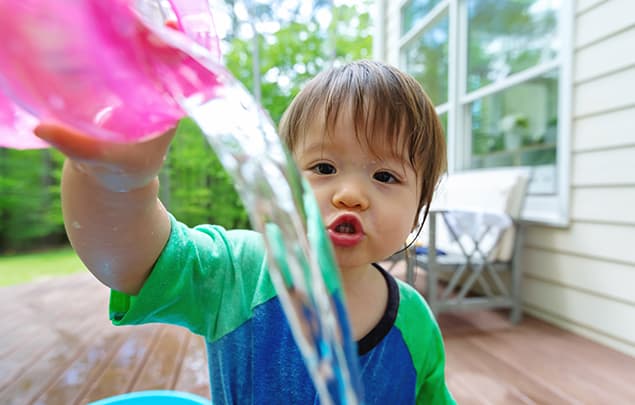
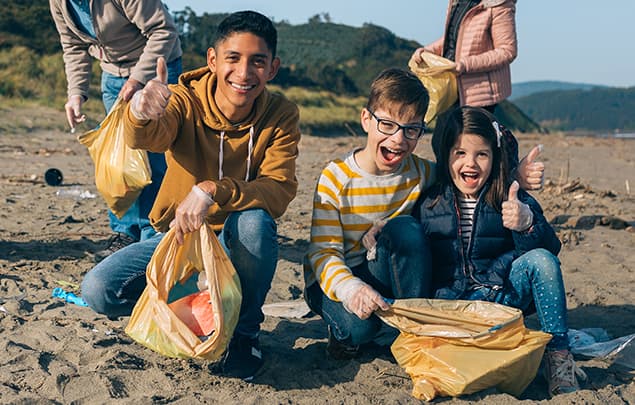
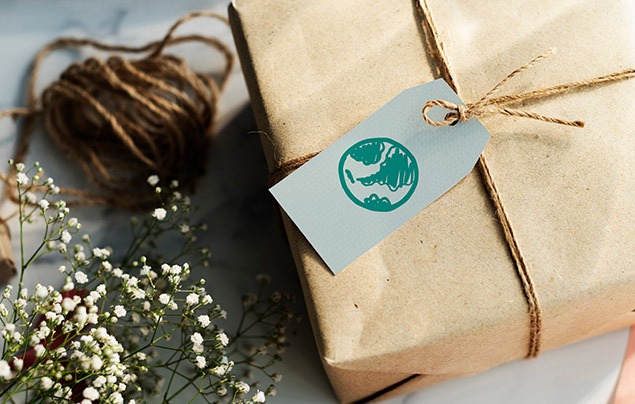
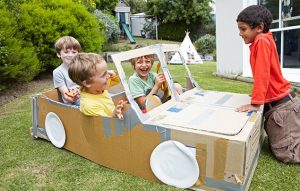
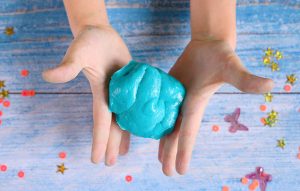

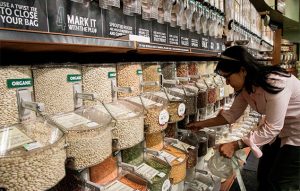




LEAVE A COMMENT
THANK YOU
Your comment will be checked and approved shortly.
WELL DONE,
YOUR COMMENT
HAS BEEN ADDED!
COMMENTS
CUSTOMIZE YOUR AVATAR